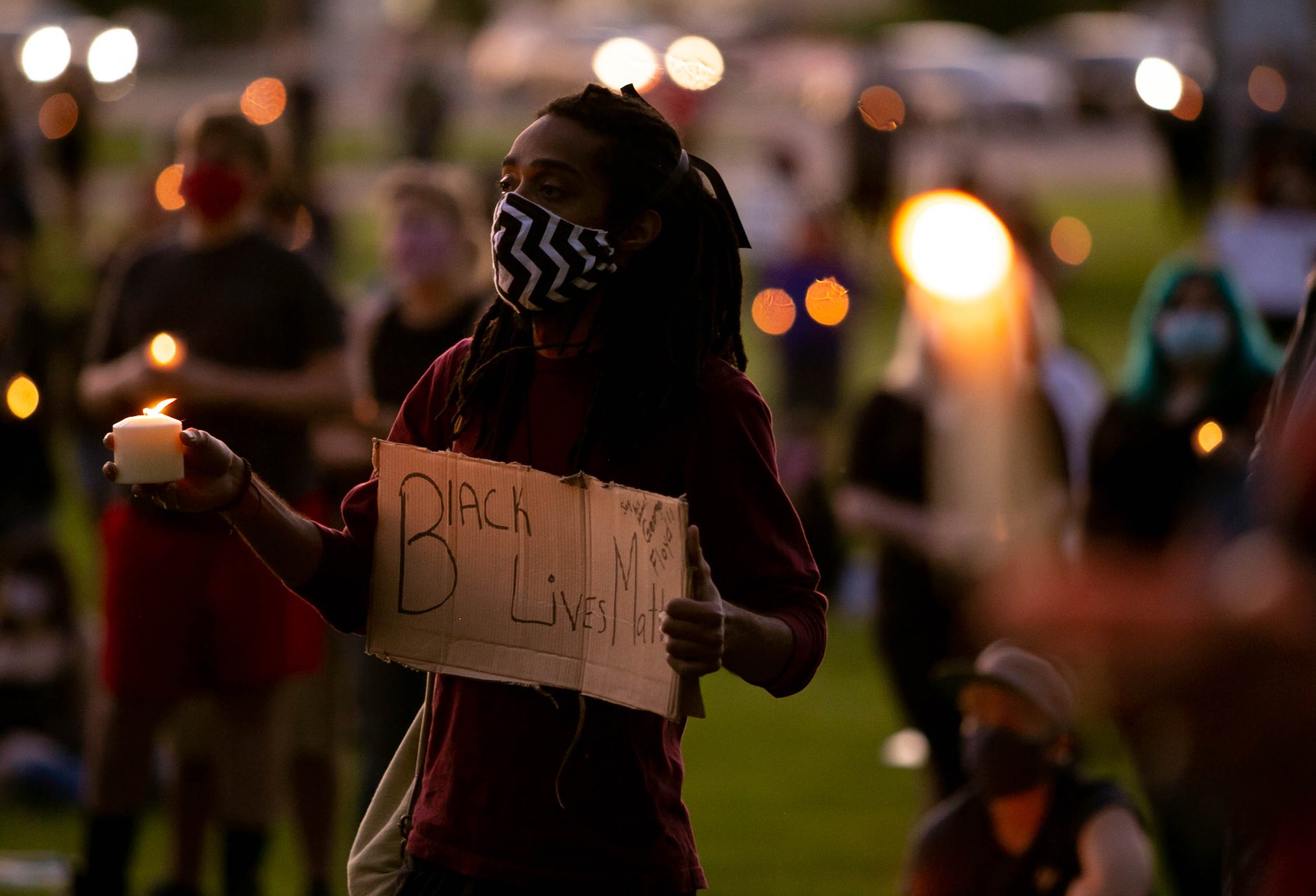Book Compares Presidential Press Treatment
Jon Marshall, “CLASH: Presidents and the Press in Times of Crisis.” Lincoln, NE: University of Nebraska Press. Potomac Books. 2022. 413 pages. $36.95.
Widely acknowledged as one of the leading scholars writing about the intersection of presidential history and American journalism, Jon Marshall of Northwestern University, has made yet another critically important contribution to the literature in the field. As a follow-up to his well-received “Watergate’s Legacy and the Press,” his newest work, aptly titled, “CLASH: Presidents and the Press in Times of Crisis,” extends well beyond the interests of those within the halls of academe.
ABC-TV’s Chief Washington Correspondent, Jonathan Karl, termed it “a compelling tutorial” about the troublesome, often troubled relationship between presidents and the press. PBS’ NewsHour host, Judy Woodruff, zeroed in on the author’s meticulous research in examining what is often viewed as a contentious relationship; extending from John Adams and Abe Lincoln to Barack Obama and Trump, as well as six other presidents.
Other well-seasoned reporters from the political press corps including Susan Page and Leonard Downie have also commented on the great timeliness of this book; noting how the nature of what appears as a natural conflict is often especially difficult to assess during periods of unprecedented challenge and change — not unlike our recent experience.
In an introduction entitled, “The President and the Peculiar Press Conference,” Marshall spells out the ugly details of President Donald Trump’s March 19, 2020 meeting with the press, addressing the Coronavirus Task Force while the deadly virus was spreading through the U. S. In the introduction. When asked by NBC News’ Kristen Welker about the level of the nation’s readiness to address serious health concerns, Trump claimed that the nation was highly prepared: “The only thing we weren’t prepared for was the media,” adding “The media has not treated it fairly.”
Trump then shifted attention to a press representative from the conservative One America News (OAN) Network discussing the role of China in the spread of the virus while lambasting coverage of that topic in particular by what he termed liberal news outlets: the “New York Times” and “Washington Post.”
This section provides an excellent prelude to the first few chapters about battles with the press while it covered major national conflicts, namely those addressed by John Adams and Abraham Lincoln while serving in the highest office. The book lays bare eight themes leading up to coverage of Donald Trump and efforts to attack the press, with repeated charges of “fake news” being repeatedly leveled at leading elements the nation’s press corps.
“CLASH” consists of twelve chapters. It begins with telling quotes about the relationship between presidents and the press emanating from Washington news insiders, including the late Gwen Ifill, concerning the frequent and continuing charges the press has had to endure from some presidents; implying either rude conduct as media watchdogs or virtual lapdog behavior, depending on predilections in dealing with certain presidents and the unique challenges the faced while in office.
The various personal dilemmas and attendant media strategies of ten influential presidents are thoroughly covered including Reagan, Clinton, George W. Bush and Obama. And as contemporary observers might expect, Trump is the only one to get attention in two different chapters focused specifically on press antics entitled: “The Art of the Lie” and the “Year of Crisis.”
Many things make this book interesting and noteworthy. The chronological organization of “CLASH” provides a solid grounding and insight about how the American government and the press grew to function so contentiously. The special attention it gives to U.S. presidents functioning during times of national crisis are especially thoughtful and appealing. And with over eighty pages of notes, the book’s documentation is as careful and thorough as any you will find. Marshall provides very keen observations about how individual presidents got caught up in some very extreme and often embarrassing circumstances, such as those of both Franklin D. Roosevelt and Richard M. Nixon. The circumstances are detailed along with challenges they faced; focused on treatment by the press.
Having taught journalism history courses for almost fifty years now, I have found issues related to press coverage of the nation’s highest office-holders to be somewhat reflective of the times when the courses are taught. And within our current context, almost every journalism historian has asked the same question: “How can the story of the Trump Presidency — with its outrageous, sometimes insulting behavior in dealing with the press — be fairly conveyed?”
Jon Marshall’s “CLASH” can be credited for providing a seasoned and careful comparative answer. Each chapter of the book offers excellent political context with attention to many historic benchmarks and background on how certain presidents publicly faced-up to some unique challenges. This well-written and very carefully researched book provides a start to answer the comparative question in relation to how recent presidential-press conflicts compare to the past. All in all, Jon Marshall has produced a very useful and — especially considering the times in which we live — very perceptive and illuminating book.
Michael Murray is a University of Missouri Board of Curators Distinguished Teaching Professor Emeritus and a former member of the Gateway Journalism Review Board of Advisors.



